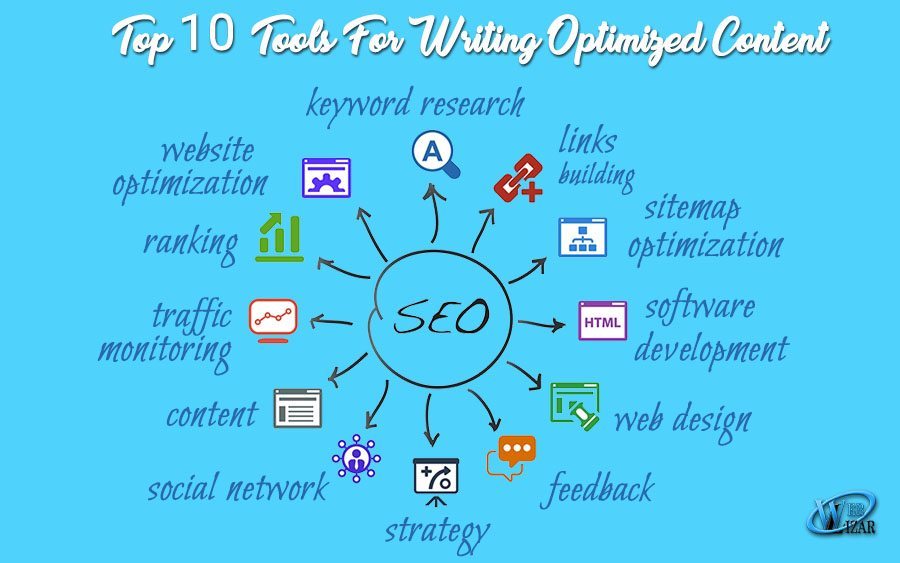Key Variables of What Is Not Considered a Default Medium in Google Analytics
Key Variables of What Is Not Considered a Default Medium in Google Analytics
Blog Article
Believing Outside package: Leveraging Unconventional Tools to Optimize Google Analytics Performance
In the world of electronic advertising, the mission for enhanced Google Analytics efficiency has actually become a critical essential for services seeking to fine-tune their on the internet existence. Typical approaches usually drop brief in recording the full spectrum of consumer communications and actions. By checking out non-traditional mediums as opportunities of information collection, a new realm of possibilities arises. These uncharted regions supply a wide range of untapped insights that might potentially transform the means we recognize and maximize our digital strategies.
Special Data Sources

CRM systems, as an example, can supply insights right into private client interactions, acquisition background, and preferences, which can be integrated with Google Analytics data to develop even more customized advertising approaches. Social media systems provide important information on user demographics, interests, and engagement metrics, allowing businesses to assess the performance of their social media sites projects and optimize material for much better efficiency. Email advertising data, including open prices, click-through prices, and conversion metrics, can also be leveraged to track customer involvement and behavior past site interactions recorded by Google Analytics. By leveraging these special information resources, services can refine their techniques, boost targeting initiatives, and improve total Google Analytics efficiency.
Social Media Site Insights

In addition, social media analytics devices enable companies to track essential performance indicators, display campaign performance, and gauge the influence of their on the internet activities. Understanding the demographics of followers, determining prominent content themes, and examining engagement degrees can aid businesses customize their marketing strategies for far better outcomes.
Offline Advertising Integration
Incorporating offline marketing strategies with electronic analytics can improve overall project efficiency and offer a much more comprehensive understanding of consumer habits. what is not considered a default medium in google analytics. By connecting the space between online and offline efforts, organizations can track the effect of traditional advertising networks such as print ads, television commercials, direct mail, and events on their online existence

Additionally, carrying out call radar for offline marketing tasks allows companies to capture important information on client queries created with printed materials or promotions (what is not considered a default medium in google analytics). By examining phone call information together with online metrics in Google Analytics, organizations can get deeper understandings into the consumer trip and maximize advertising strategies for better performance across all channels
IoT and Wearable Modern Technology
Using IoT and wearable technology in electronic analytics can change information collection and consumer understandings for businesses seeking a deeper understanding of user behavior patterns. These ingenious technologies supply a seamless way to gather real-time information from numerous touchpoints. IoT devices can track customer interactions with service or products, giving valuable info on usage patterns and preferences. Wearable modern technology, such as smartwatches or physical fitness trackers, can provide insights into individual tasks, health metrics, and also location information.
Gamification Methods
The execution of gamification strategies in electronic analytics provides an ingenious method to enhancing individual interaction and driving workable insights for companies. By incorporating game-like aspects such as points, badges, leaderboards, and awards right into the analytics interface, companies can encourage users to communicate a lot more often and meaningfully with my explanation the information.
Gamification encourages users to discover different features of the analytics system, discovering valuable understandings that could have or else gone unnoticed. With interactive challenges and progress tracking, users are incentivized to dig deeper into the information, causing raised time invested on the platform and a higher likelihood of discovering vital trends or patterns.
Furthermore, click for source gamification can foster a feeling of competitors amongst users, stimulating them to pursue higher performance and interaction degrees. This competitive spirit can drive increased customer fostering rates and a much more extensive application of the analytics tools readily available. Ultimately, by leveraging gamification techniques in digital analytics, services can create a much more interesting and effective setting for users, leading to even more informed decision-making and boosted overall efficiency.
Final Thought
Finally, leveraging non-traditional mediums such as one-of-a-kind data sources, social networks understandings, offline marketing assimilation, IoT and wearable innovation, and gamification methods can enhance Google Analytics efficiency. By thinking outside the box and discovering these alternative resources of data, businesses can acquire useful insights and improve their total advertising methods. It is essential for firms to constantly check out new methods to collect data and evaluate it in order to stay ahead in the ever-evolving electronic landscape.
By incorporating information from resources such as consumer relationship administration (CRM) systems, social media platforms, and email marketing projects, companies can obtain a more detailed understanding of their audience habits and interaction patterns. Social media systems supply valuable data on customer demographics, interests, and interaction metrics, enabling services to determine the effectiveness of their social media projects site and enhance material for much better efficiency. By leveraging these special information sources, businesses can refine their strategies, enhance targeting initiatives, and enhance total Google Analytics efficiency.
Discovering social media insights can offer businesses with useful data on individual demographics, interests, and involvement metrics, permitting for educated decision-making and calculated optimization of advertising and marketing efforts. By assuming outside the box and checking out these different resources of information, businesses can acquire valuable understandings and improve their overall marketing methods.
Report this page